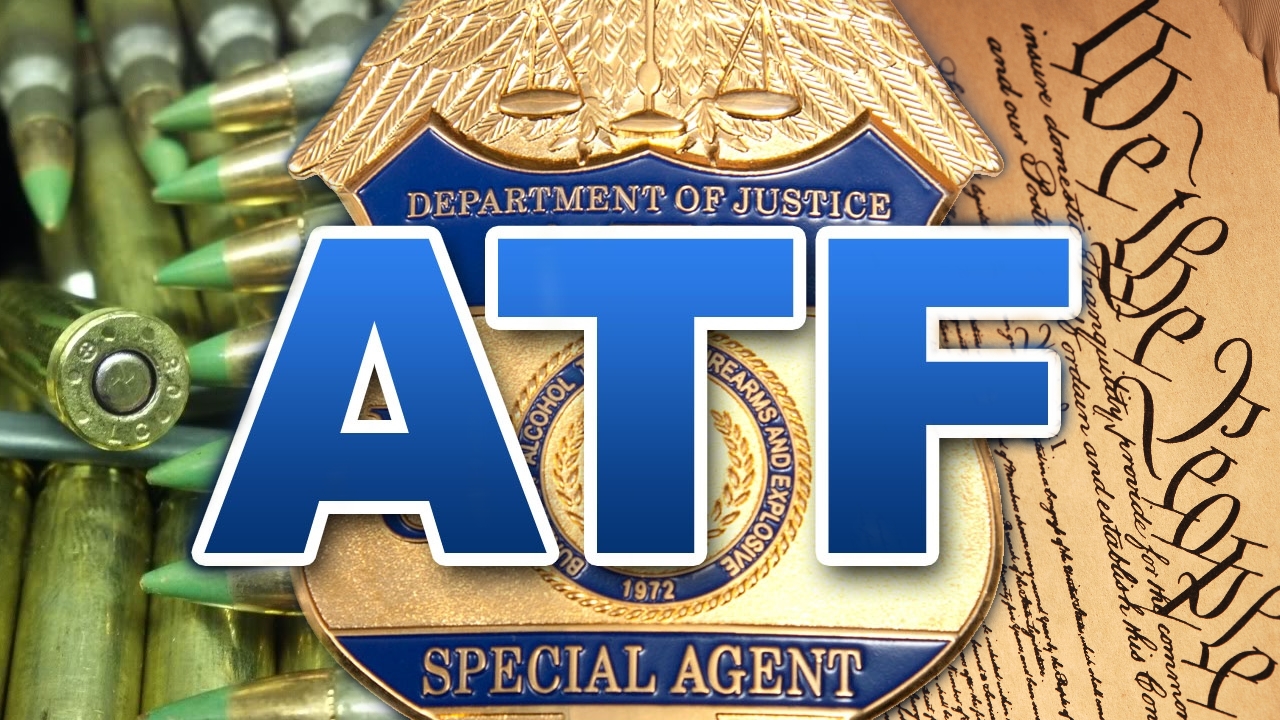Newly released documents expose CIA’s dark MKULTRA mind-control experiments
By willowt // 2024-12-29
Tweet
Share
Copy

- The CIA’s MKULTRA program, a Cold War-era initiative, aimed to develop mind-control techniques through unethical experiments on unwitting human subjects, including the use of LSD, hypnosis, sensory deprivation and physical methods.
- Over 1,200 declassified documents reveal the program’s disturbing scope, confirming its unethical practices and the CIA’s deliberate destruction of evidence in 1973, ordered by then-CIA Director Richard Helms and Sidney Gottlieb.
- Experiments often targeted ordinary citizens, with federal narcotics agent George White conducting tests on unsuspecting individuals using LSD in CIA safehouses, justified as necessary for national security.
- The CIA used prestigious institutions like Georgetown University Hospital as testing grounds, developing substances to induce illogical thinking, impulsiveness and reversible disease symptoms for deception purposes.
- MKULTRA’s techniques influenced CIA interrogation practices globally, raising ongoing ethical questions about national security. The program’s revelations highlight the need for transparency, accountability and vigilance in intelligence operations.
Resisting the Deep State
Not all CIA personnel supported the program. Some officers raised moral objections, particularly regarding MKDELTA, a subproject aimed at operationalizing MKULTRA techniques. According to one document, these objections hindered progress. Senior officials, including Inspector General John Earman and Deputy Director Gen. Marshall Carter, criticized the program’s lack of oversight and the poor conditions of testing facilities. The MKULTRA program’s existence only became widely known in 1975, during the Church Committee’s investigation into intelligence abuses. The newly released documents underscore the extent to which the program operated with approval from the highest levels of government but without proper accountability. The legacy of MKULTRA extends far beyond the Cold War. As author Stephen Kinzer notes, the techniques developed under the program were later used in CIA interrogation practices in Vietnam, Latin America, Afghanistan, Iraq and Guantanamo Bay. The program’s influence on modern intelligence operations raises troubling questions about the ethical boundaries of national security efforts. The release of these documents serves as a stark reminder of the dangers of unchecked government power. While the CIA has stated that MKULTRA was shut down more than 40 years ago and that declassified information about the program is publicly available, the revelations underscore the need for continued vigilance and transparency in intelligence operations. As Americans, we must demand accountability from our institutions and ensure that such abuses are never repeated. The MKULTRA program is a dark chapter in our nation’s history, but it also serves as a cautionary tale about the perils of sacrificing ethical principles in the name of security. The National Security Archive’s collection is a vital resource for understanding the full scope of the CIA’s mind-control experiments. It is a sobering reminder that the pursuit of power, unchecked by morality, can lead to profound and lasting harm. As we reflect on these revelations, we must reaffirm our commitment to upholding the values that define us as a nation. Sources include: Disswire.com TheDailyCaller.com NationalSecurityArchive.gwu.eduTweet
Share
Copy
Tagged Under:
Cold War national security CIA evil twisted experiments mind control big government deep state manipulation privacy watch liberty MKULTRA program
You Might Also Like
SAS accused of ‘golden pass’ to kill unarmed Afghans, inquiry reveals
By Cassie B. // Share
Boebert takes aim at the ATF: A bold move to protect Second Amendment rights
By Willow Tohi // Share
By Lance D Johnson // Share
Futurist John Petersen shares how TECHNOLOGY can build a better future on the Health Ranger Report
By Kevin Hughes // Share
The International Fact-Checking Union (yes that’s real) convenes an emergency meeting
By News Editors // Share
Recent News
Federal judge backs Trump’s mass firings, clearing path for government downsizing
By isabelle // Share
Bush tomato: A mighty superfood that supports digestive health
By zoeysky // Share











